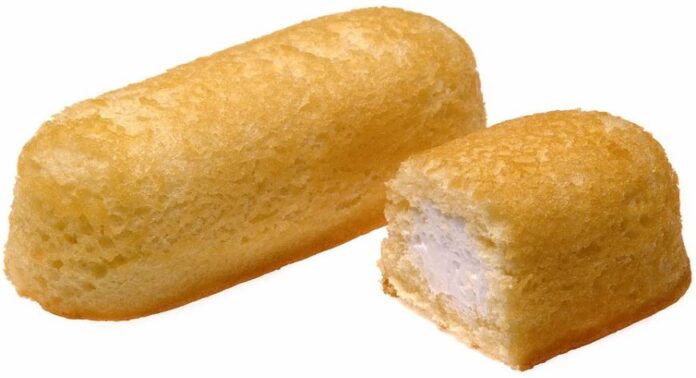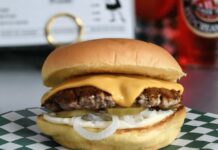
In the Woody Allen classic “Sleeper,” the owner of a Greenwich Village health food store is cryogenically frozen. The man awakens 200 years later to find that junk food is the new wheat germ.
Now an experiment by a professor of nutrition at Kansas State University suggests that there is more fact than fancy to the movie’s premise. For 10 weeks, Prof. Mark Haub subsisted almost exclusively on Twinkies, eating one of the snack cakes every three hours. Since variety is the spice of any diet, the good professor switched off every now and then to Doritos, sugary cereals, and Oreos. His only gestures toward healthful eating included a daily multivitamin, a protein shake, and servings of vegetables, typically three or four celery stalks.
The result? He dropped 27 pounds.
And that’s not all. His body mass index went from 28.8 to 24.9, and his LDL, or “bad” cholesterol, dropped 20 percent while his “good” cholesterol, or HDL, increased by the same rate. He also reduced his level of triglycerides, which are a form of fat, by 39 percent.
So does Haub plan to develop his snack food diet for mass consumption? Don’t hold your breath. “I’m not geared to say this is a good thing to do,” he told CNN. “I’m stuck in the middle. I guess that’s the frustrating part. I can’t give a concrete answer. There’s not enough information to do that.”
If there is a generalization to be reached from Haub’s experiment, it is one that has long been recognized in the world of nutrition. And that’s the calorie equation. If you burn more calories, say through physical activity, than you take in, you will lose weight. The source of the calories is immaterial—but only up to a point.
Dawn Jackson Blatner, an Atlanta-based dietitian, cautions that calorie count, while instrumental in weight loss, is not the “bottom line to being healthy.” Other factors mitigate. Among these are specific nutrients found in foods and the disease-fighting properties of phytochemicals, plant-related nutrients such as beta-carotene, which are still a relatively new area for investigation.
















